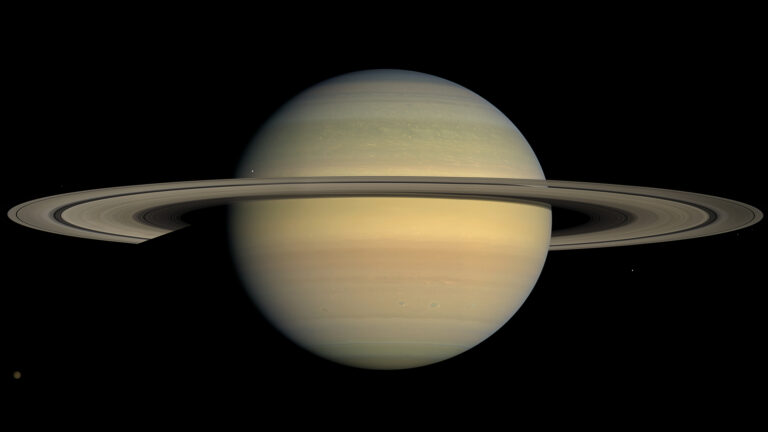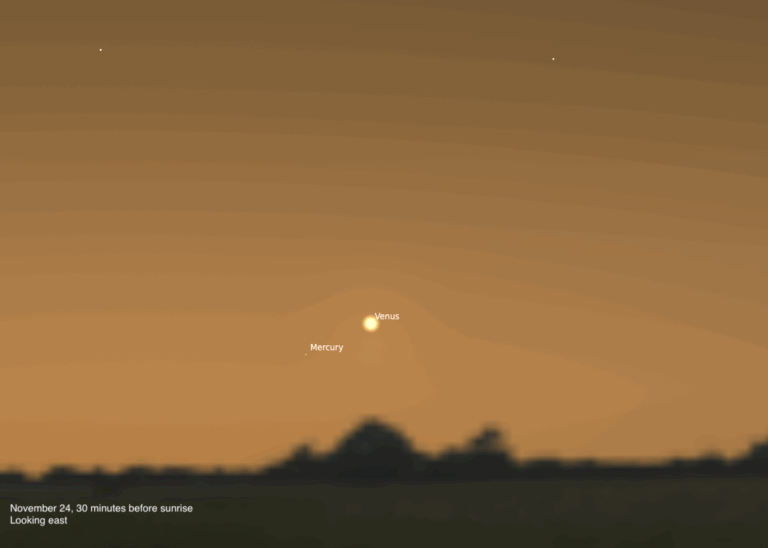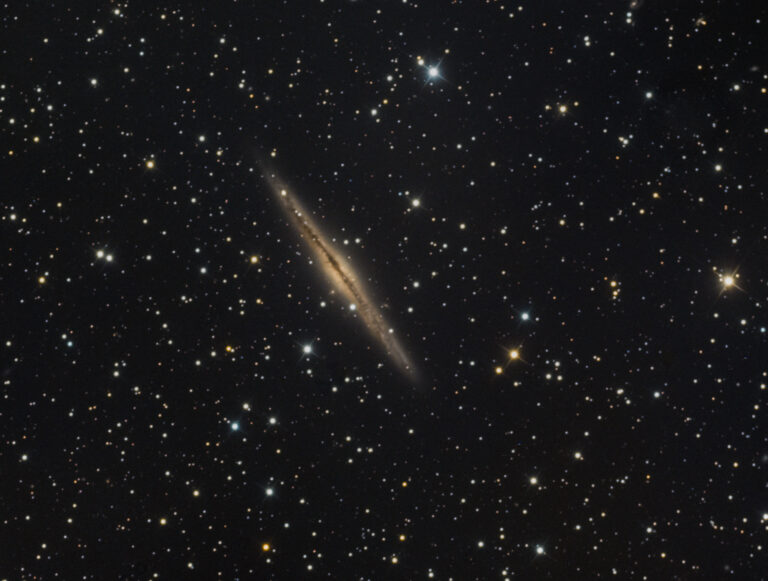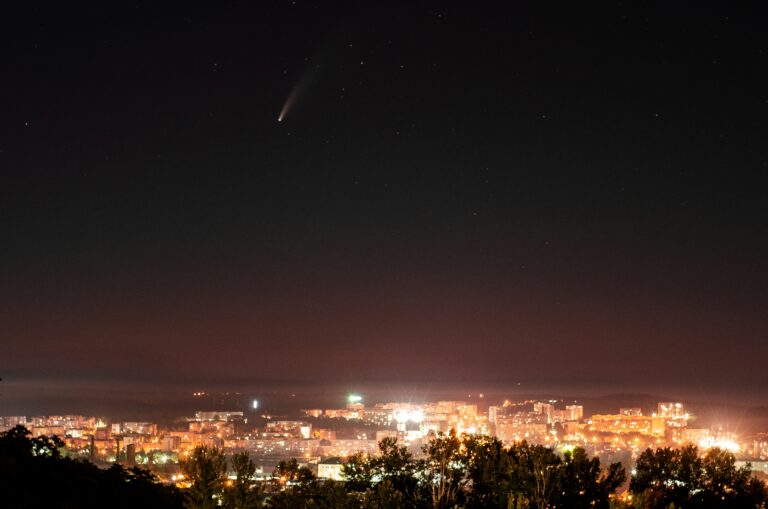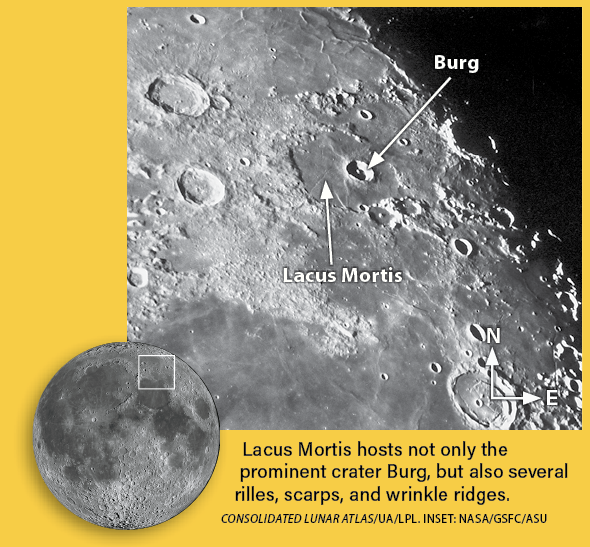
Key Takeaways:
- The article details a celestial conjunction on November 24, 2025, where Mercury is visible 1.4° to Venus' upper left before sunrise, with Mercury requiring optical aid for clear identification.
- An observation of a nearly six-day-old crescent Moon in western Capricornus is described, appearing in the southwest after dark.
- Specific lunar topography is highlighted, including the illumination of Lacus Mortis, a roughly 100-mile diameter, lava-filled crater exhibiting a rille and containing the prominent crater Burg.
- Astronomical data, including precise timings for sunrise, sunset, moonrise, and moonset, along with the Moon's phase (29% waxing crescent), are provided for a specific geographical location.
Looking for a sky event this week? Check out our full Sky This Week column.
November 24: Venus and Mercury meet
If you step outside early this morning half an hour before sunrise, you can view Mercury standing 1.4° to Venus’ upper left. Venus should be readily apparent to the naked eye, but you’ll likely need binoculars to identify 2nd-magnitude Mercury.

By evening, the Moon is a nearly six-day-old crescent, sinking slowly in the southwest after dark. It’s located in western Capricornus. Sunrise is slowly making its way across the lunar landscape, lighting up Lacus Mortis, the Lake of Death, just northeast of Mare Serenitatis, whose eastern portion is now illuminated.
Lacus Mortis has a diameter of nearly 100 miles (160 kilometers) and has a roughly hexagonal shape. Although it began as a crater, the lunar surface beneath it fractured and filled with lava, which created its smooth, dark floor. That floor still holds signs of geologic activity, including a rille, or channel, in its southwestern region that formed as the ground there pulled apart.
Located within the Lake is the prominent bowl-shaped crater Burg, which stretches about 25 miles (40 km) across. Note its distinct central peak and slumped outer walls.
Sunrise: 6:57 A.M.
Sunset: 4:37 P.M.
Moonrise: 11:30 A.M.
Moonset: 9:11 P.M.
Moon Phase: Waxing crescent (29%)
*Times for sunrise, sunset, moonrise, and moonset are given in local time from 40° N 90° W. The Moon’s illumination is given at 10 P.M. local time from the same location.



